Eliezer Zupnick • September 11, 2024
Navigating Insurance Market Instability: Strategies for Employers


The insurance market has always been a dynamic landscape, but recent economic shifts, regulatory changes, and unpredictable healthcare costs have led to increased instability. For employers, this volatility can create significant challenges, from rising premiums to reduced coverage options. However, by implementing strategic approaches, employers can navigate these fluctuations, ensuring stability and cost-effectiveness in their insurance offerings.
Understanding the Current Insurance Market
Before diving into strategies, it’s essential to understand the factors driving instability in the insurance market. Economic downturns, shifts in healthcare policy, and the increasing costs of medical care are all contributing to unpredictability. Additionally, the post-pandemic landscape has further complicated the market, with insurers adjusting their models to account for new risks and uncertainties.
Strategies for Managing Insurance Market Fluctuations
1. Diversify Your Insurance Portfolio
Just as with financial investments, diversification is key to managing risk in the insurance market. Employers should consider offering a range of insurance options to employees, including traditional plans, Health Savings Accounts (HSAs), and alternative funding arrangements like level-funding or self-insurance. By diversifying, employers can spread out risk and avoid being overly dependent on any single insurance provider or plan.
2. Leverage Data Analytics
Data is a powerful tool for predicting trends and making informed decisions. Employers should utilize data analytics to monitor healthcare utilization, claim patterns, and employee preferences. This data can help in negotiating better rates with insurers, identifying cost-saving opportunities, and tailoring benefits packages that align with employee needs while managing costs.
3. Focus on Employee Wellness Programs
Preventive care and wellness programs are not just beneficial for employees; they’re a strategic tool for employers to manage healthcare costs. By investing in comprehensive wellness initiatives, employers can reduce the incidence of chronic conditions, leading to lower healthcare claims and, subsequently, more stable insurance premiums. Wellness programs that focus on mental health, physical activity, and preventive screenings can make a significant impact.
4. Consider Alternative Funding Models
Traditional fully-insured plans may not always be the most cost-effective option in a fluctuating market. Employers should explore alternative funding models like self-insurance or level-funding, where they pay claims out of pocket up to a certain limit, with stop-loss insurance to cover catastrophic claims. These models offer greater transparency and control over healthcare costs, allowing employers to adapt more swiftly to market changes.
5. Engage in Strategic Partnerships
Partnering with a knowledgeable insurance broker or consultant can provide employers with valuable insights and guidance. These professionals stay ahead of market trends and can advise on the best strategies for managing costs and maintaining coverage stability. They can also assist in negotiating with insurers and exploring innovative solutions like captive insurance arrangements or consortiums.
6. Implement a Multi-Year Strategy
Rather than approaching insurance renewals on a year-to-year basis, employers should develop a multi-year strategy that accounts for potential market fluctuations. This approach allows for long-term planning, smoother budgeting, and more strategic decision-making. It also gives employers the flexibility to adapt their benefits offerings as market conditions change.
Staying Ahead of the Curve
Navigating insurance market instability requires employers to be proactive, informed, and flexible. By implementing these strategies, employers can not only manage fluctuations but also position themselves as attractive employers with robust, cost-effective benefits packages. In an unpredictable market, those who plan ahead and adapt to changes will be the ones who thrive.
Conclusion
The insurance market’s instability doesn’t have to be a barrier to offering quality benefits. With careful planning, strategic partnerships, and a focus on data-driven decisions, employers can maintain stability and cost-effectiveness in their insurance offerings. By staying informed and proactive, businesses can weather market fluctuations and continue to provide valuable coverage to their employees.


